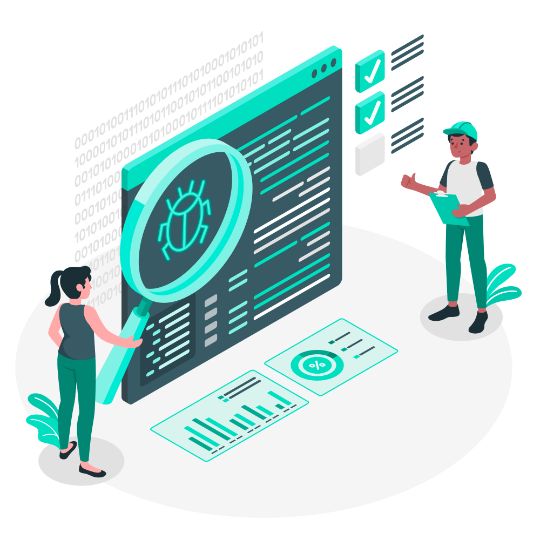Software Supply Chain Security
Throughout the software development and delivery process, a range of measures and practices are applied to safeguard and guarantee the security and reliability of different stages within the software supply chain. Given the growing complexity and globalization of software delivery, ensuring the security of the software supply chain is of paramount importance. This is especially critical as malicious actors could exploit vulnerabilities in the software delivery process or weaknesses in third-party components to conduct attacks.
SSCS
Security within the software supply chain is concerned with ensuring the safety of the software development and delivery process. This encompasses aspects such as evaluating supplier reliability, securing third-party components and dependencies, implementing secure development practices, conducting security audits and compliance checks, managing source code securely, and incorporating automation and continuous security measures. These practices are designed to minimize security risks within the software supply chain and guarantee the delivered software's security and dependability.

Supplier Trustworthiness
Establishing trust relationships with each supplier in the supply chain and verifying their reputation and adherence to security practices. Choosing suppliers with a credible track record is crucial to ensure that their products and services align with security standards, devoid of potential security risks.
Third-Party Components and Dependencies
For the third-party components and dependencies employed, conduct a meticulous assessment and thorough security review. Monitor vulnerabilities within these components, promptly applying updates and patches to address acknowledged security vulnerabilities, thereby mitigating potential risks.
Security Development Practices
Incorporate secure development practices and procedures, encompassing elements such as code reviews, security testing, vulnerability scanning, and timely remediation. Emphasize security throughout the software development lifecycle, aiming to promptly identify and rectify potential security vulnerabilities.
Security Auditing and Compliance
Perform security audits to meticulously track and document security operations and events within the software supply chain. Ensure strict compliance with relevant security regulatory requirements, encompassing data privacy laws and industry standards.
